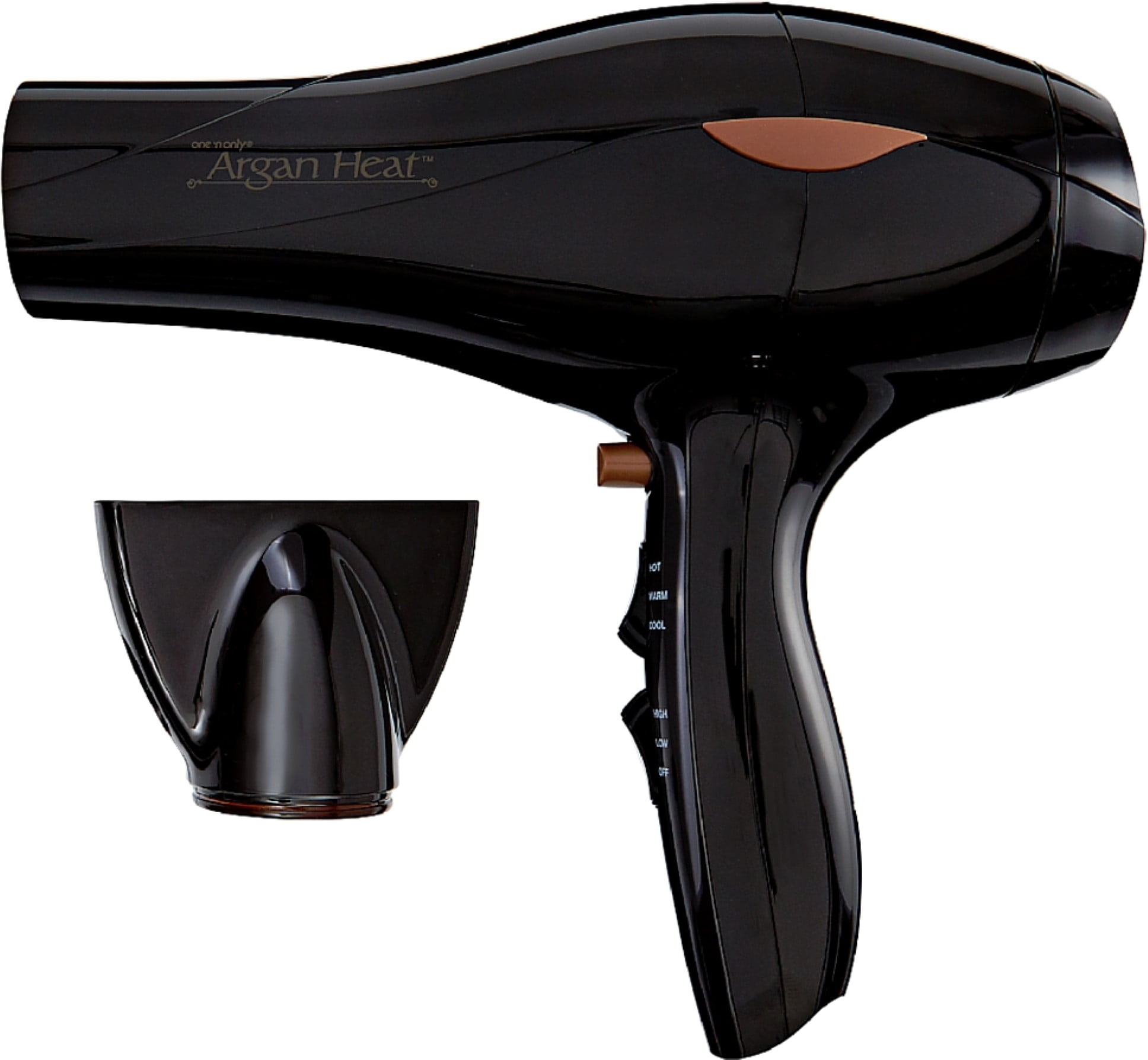Have you ever stared at your dryer settings, wondering if “Regular” or “Medium” heat is the best choice for your clothes? You’re not alone. This seemingly simple question can feel like a laundry puzzle when you consider the potential for shrinking, fading, or even damaging your favorite garments.

Image: www.walmart.com
The truth is, understanding the difference between regular and medium heat in your dryer can unlock a world of better laundry outcomes, saving your clothes and your sanity. Throughout this article, we’ll explore these heat settings, unravel the common myths surrounding them, and empower you to make informed decisions when it comes to drying your clothes.
The Heat is On: Understanding Dryer Temperatures
Dryers work by using heat to evaporate the moisture from clothes, but not all fabrics are created equal. Knowing the difference between “Regular” and “Medium” heat is crucial if you want your clothes to emerge from the dryer wrinkle-free and in perfect condition.
- Regular Heat: Typically, this setting corresponds to the highest heat level on your dryer. It’s ideal for sturdy fabrics like towels, bedding, and jeans, which are more resistant to shrinking or damage. Regular heat can significantly reduce drying time, especially when dealing with large loads.
- Medium Heat: This setting offers a comfortable middle ground, delivering a balance between drying speed and fabric protection. It’s the go-to choice for delicate and synthetic garments, preventing excessive heat that can cause shrinkage, discoloration, or even melting in the case of some synthetics.
The “Medium” Myth: De-bunking the Common Misconception
One common misconception is that Medium heat is always “safer” for all fabrics. While it’s true that Medium heat protects delicate clothes, it can actually prolong the drying process for heavier fabrics like towels and jeans.
Think of it this way: a small fire can take a long time to roast a whole turkey, while a larger fire can roast it much faster. Just as the fire size influences cooking time, the heat setting in your dryer impacts drying time.
Heat Settings and the Fabric Family: Matching Your Clothes to the Right Temperature
Choosing the right temperature boils down to the type of fabric, as every material has its own thermal tolerance. Here’s a quick guide to help you understand which heat setting works best for common fabrics:
High Heat (Regular):
- Heavy-duty towels: Absorbent and strong, towels thrive under the high heat, ensuring a fluffy, absorbent finish.
- Jeans: Made from durable denim, jeans can withstand the heat and emerge wrinkle-free.
- Cotton sheets: Cotton’s durability allows for high-heat drying, creating a fresh and airy feel.
Medium Heat:
- Synthetic fabrics (polyester, acrylic): These fabrics are prone to shrinking or melting at high temperatures, so medium heat is essential for preserving their shape.
- Delicates (silk, lace): These delicate fabrics require a gentler touch. Medium heat ensures they don’t get damaged, maintaining their beauty and texture.
- Wool garments: Wool clothing needs to be treated with care. While some wool items can be machine-dried on low or medium heat, always check the garment care label for specific instructions.
Low Heat:
- Silk and fine lingerie: These extremely delicate fabrics require the lowest heat setting to prevent damage.
- Embroidered or embellished clothing: Intricate designs and embellishments can be distorted or damaged by high heat, so low heat is the safest option.

Image: www.pinterest.com
The Care Label Code: Deciphering the Symbols
Always, always check the care label! It’s essential to understand the symbols indicating the appropriate care instructions:
- Triangle: This symbol represents the recommended heat setting.
- One dot: Low heat
- Two dots: Medium heat
- Three dots: High heat
- Empty triangle: Do not use tumble dry.
By carefully reading care labels, you can avoid any surprises and keep your clothes in tip-top shape.
Beyond Heat Settings: Additional Laundry Tips for Optimal Results
- Don’t overstuff: Overcrowding the dryer can hinder air circulation and lead to uneven drying, potentially damaging your clothes and prolonging drying time.
- Use dryer sheets: Dryer sheets add a pleasant fragrance and help reduce static cling, keeping clothes soft and manageable.
- Consider a dryer ball: These wool balls can speed up drying time and reduce wrinkles.
- Don’t dry delicate clothing: Always choose gentler methods like air drying for delicate fabrics.
Regular Vs Medium Heat Dryer
Conclusion: Harnessing the Power of Knowledge
Knowing the difference between “Regular” and “Medium” heat in your dryer isn’t just a laundry detail—it’s a key to preserving your clothes’ longevity. By following this guide and understanding the care labels on your garments, you can confidently set the perfect heat for each load, ensuring your clothes always emerge looking their best. So, the next time you’re facing the dryer settings, remember: a little knowledge goes a long way for your clothes, and your peace of mind.



/GettyImages-173599369-58ad68f83df78c345b829dfc.jpg?w=740&resize=740,414&ssl=1)


